Resistance to imperialism and international solidarity
Resistance to imperialism and international solidarity
By Tunca Arslan
The Israeli army’s utter failure to rescue even a single hostage in Gaza after two years of relentless bombardment that has reduced the enclave to rubble and claimed the lives of 67,000 civilians, including women and children, shows not just the defeat of a few military operations, but a total defeat. Considering that Hamas has vowed not to lay down its arms until Israel fully withdraws, and that Gazans have shown unwavering resolve never to abandon their land, what emerges is that Israel has already lost the war. Whether you call it “Trump’s Peace” or a fragile truce left to the mercy of the US and Israel, the reality remains: peace has yet to take shape, Israel finds itself increasingly isolated, and the State of Palestine is now recognized even by countries like France and the United Kingdom. Since October 2023, Israel has become a country reviled by millions across the world, its genocidal acts widely recognized, its image likened to that of the Nazis, its brutality sparking global protests on a scale unseen since the Spanish Civil War and Vietnam. So much so that Netanyahu has become a hate figure of the people of peace-supporters in Israel.
The spirit of anti-fascist and anti-imperialist resistance that swept through the 1930s and 1960s now revived itself against Israel. Today, hundreds of artists and intellectuals of conscience gathered around the slogan “Free Palestine… End the occupation… Stop the genocide,” standing with Palestine just as the world once stood with resistance against Franco’s Spain and war-torn Vietnam.
Spain: The test of global conscience
In the 1930s, as Europe stood divided between communism, fascism, and Christian humanism, Greek writer Nikos Kazantzakis looked upon the Spanish Civil War and described it as “inhuman arena of bullfight.” In his book, first published in Greek with the name of My Voyages: Spain (translated to Englishas Spain: A Journal of Two Voyages Before and During the Spanish Civil War),he wrote, “No one is a mere spectator. No one is base enough to feel indifferent as they listen and watch. Everyone is grieving for the grief of Spain. For deep down, the grief of Spain is also our own grief, the grief of every individual and every people. In a letter to his close friend, Romanian writer Panait Istrati, Kazantzakis wrote that in Spain, God and the Devil had once again come face to face, yet this time, their battlefield was the human heart itself.
The Spanish Civil War was unlike any other in human history. For the first time, art and the conscience of artists spoke out with clarity, alongside new aesthetic forms of expression came global protests and declarations of solidarity. It was a moment when the world saw the full darkness and destructiveness of fascism exposed. Between 1936 and 1939, intellectuals, artists, and scholars became the voice of peace, freedom, and human dignity, raising the banner of international solidarity high.
The Spanish Civil War was not only a struggle of the Spanish people against fascism; it was also a test of the global moral responsibility of artists around the world. Figures such as Christopher Caudwell, who fought and died on the Republican side, and many others who stood in support of the Republic, became symbols. Resistance and art merged. Ernest Hemingway, in For Whom the Bell Tolls, and George Orwell, in Homage to Catalonia, captured the brutality of war while giving voice to humanity’s shared anguish.
Pablo Picasso, responding to early critics of not being political, declared of his masterpiece Guernica, a raw depiction of the massacre carried out by Franco’s Nazi Germany-backed air forces over the Basque town of Guernica. “It is political because it is painful!” Joan Miró’s Aidez L’Espagne (Help Spain) poster called on the world to stand in solidarity, while Robert Capa’s Falling Soldier photograph immortalized the very moment of sacrifice, becoming one of the war’s most enduring images.
From Paris to New York, from London to Moscow and Mexico City, hundreds of intellectuals established “Aid Committees for the People of Spain.” Petitions were signed, exhibitions organized, and relief supplies gathered. It was a time when art became profoundly political. The global yearning for peace merged with the most basic human values and aesthetic integrity. Declarations of solidarity with the Spanish people were drafted to support the Republican government and denounce fascism. Between July 1936 and August 1937, the Manifesto de los Intelectuales por la Defensa de la Cultura (Manifesto of Intellectuals in Defense of Culture) spread across the world, calling for international aid to the Republic and proclaiming that culture and art could not remain neutral in the face of fascism. Among its signatories were Pablo Neruda, André Malraux, Rafael Alberti, Louis Aragon, Ilya Ehrenburg, Octavio Paz, Bertolt Brecht, and Tristan Tzara. That same year, at the Writers’ Congress in Paris, another collective declaration was signed by figures like André Gide, André Malraux, Paul Nizan, Anna Seghers, Aldous Huxley, and Paul Éluard. Around the same time, painters like Marc Chagall, Joan Miró, and Henri Matisse donated the proceeds from their artwork sales to orphaned children of Republicans.
Vietnam: Where art and political conscious converged
Fueled by the anti-imperialist wind of the 1968 youth movements, the late 1960s and early 1970s became an era of the protests against the Vietnam War and art against war transforming into a global movement. The rise of anti-war culture against the US’s war in Vietnam was not confined to intellectual circles, but also became a call of conscience embraced by popular culture.
Musicians like Joan Baez, Bob Dylan, and John Lennon, actors like Jane Fonda and a champion boxer, Cassius Clay (Muhammad Ali) who famously refused to fight in Vietnam brought millions together under the banner of peace, swaying public opinion through rallies. Across Europe and America, hundreds of artists joined petitions such as “Writers and Artists Against the War in Vietnam”, while university teach-ins created new public spaces where art and political consciousness converged. Art was no longer mere testimony, it had become a direct means for action.
After Spain, Picasso once again supported the declaration against the war. His Dove of Peace rose as a peace symbol. Joseph Beuys, through his performances, fiercely denounced American imperialism and declared the Vietnam War a crime against the human spirit. French filmmakers such as Jean-Luc Godard, Chris Marker, and Agnès Varda created short anti-war films, while Pier Paolo Pasolini, Marguerite Duras, Harold Pinter, Donald Sutherland, Elliott Gould, Heinrich Böll, Iris Murdoch, Günter Grass, and Dario Fo all raised their voices against the war.
The youth’s icon The Beatles and Jimi Hendrix threw their weight behind the peace movement. Writers and thinkers like Noam Chomsky, Susan Sontag, Allen Ginsberg, Norman Mailer, and Kurt Vonnegut condemned US’s war policies, while Jean-Paul Sartre and Simone de Beauvoir worked to document the US’s war crimes in Vietnam. Bertrand Russell became one of the symbols of solidarity against the war among the intellectuals. Pablo Neruda and Gabriel García Márquez denounced the US invasion of Vietnam in their poetry and prose.
“There was a Palestine, and there still is”
And Gaza… The great cry of the 21st century. The land that has inherited the legacy of international solidarity after Spain and Vietnam.
Israel’s military operations, particularly from 2014 onward, and most brutally between 2023 and 2025, having brought vast devastation, genocide and forced displacement has become a new test to global conscience.
As Türkiye and Spain raised their voices through official policy, the reactions were echoed in the streets of the world’s metropolis. Massive demonstrations, artists’ voices amplified through social media and digital petitions transformed outrage into a global act of solidarity.
Javier Bardem, Ken Loach, Roger Waters, Susan Sarandon, Tilda Swinton, Mark Ruffalo, Yorgos Lanthimos, Annie Lennox, Naomi Klein and Bella Hadid wrote open letters and signed declarations condemning the devastation in Gaza. Organizations like “Artists for Palestine UK” led campaigns calling for a ceasefire, uniting thousands of artists. In 2024, the petition titled “Stop the Genocide in Gaza” brought together thousands of artists from more than twenty countries.
While most Western governments remained silent far too long in the face of genocide, tens of thousands of citizens across Britain, France, Spain, Germany, the Netherlands and Italy flooded the streets. The Sumud and Freedom Flotilla set sail to break the blockade. In 2024, over a thousand writers from around the world signed an open letter pledging to boycott literary institutions complicit in Israel’s policies in Gaza.
One of the most striking gestures came from within Israel itself: a group of Israeli writers publicly protested against Netanyahu and called for an end to the war. Also, more than fifty Israeli documentary filmmakers released a statement condemning the assault on Gaza and urging the international film community to boycott Israeli institutions. Meanwhile, the list of countries declaring to boycott the Eurovision Song Contest if Israel participated continues to grow. Let’s not overlook individual acts of solidarity, like American actress Jenna Ortega’s public tribute to the people of Palestine by calling them heroes.
Examples could be multiplied with the list of artists, writers, and public figures who have spoken up for the people of Palestine. The voices of those who have borne witness to immense pain and shame of the 21st century in Gaza still echo. And so do the words of Mahmoud Darwish: “There was a Palestine, and there still is.”


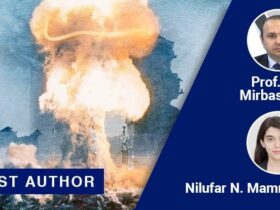

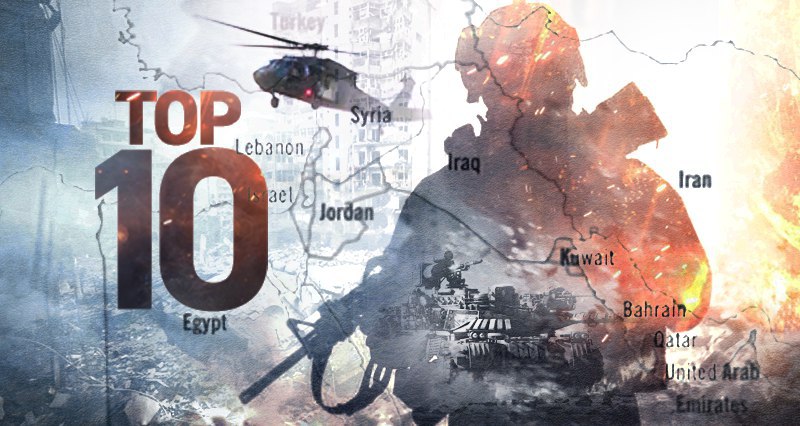


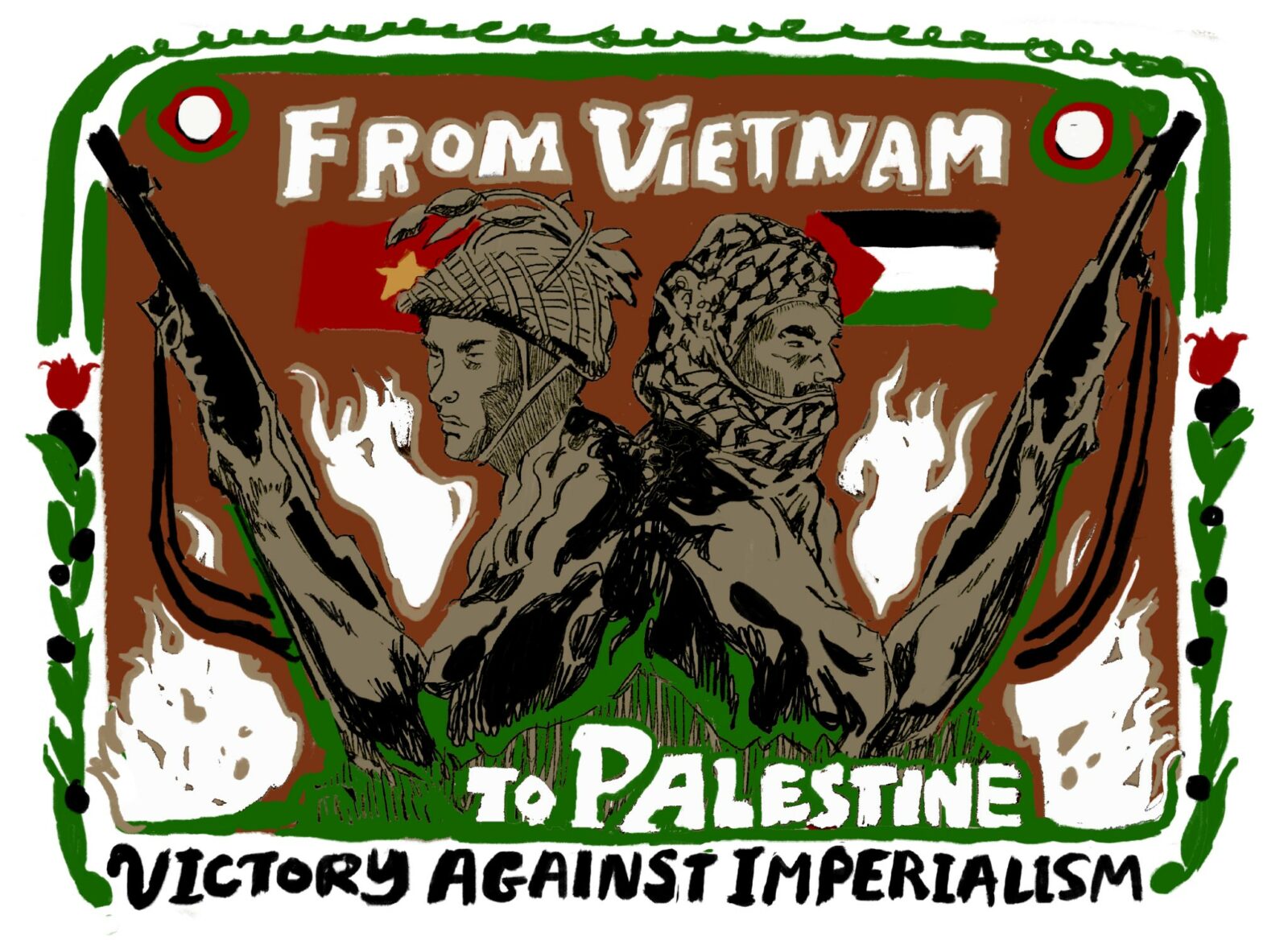
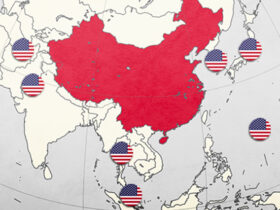
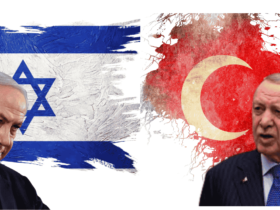
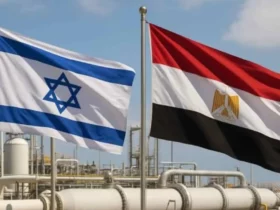
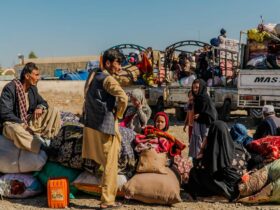


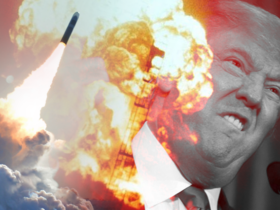
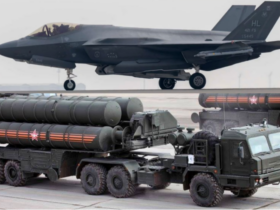
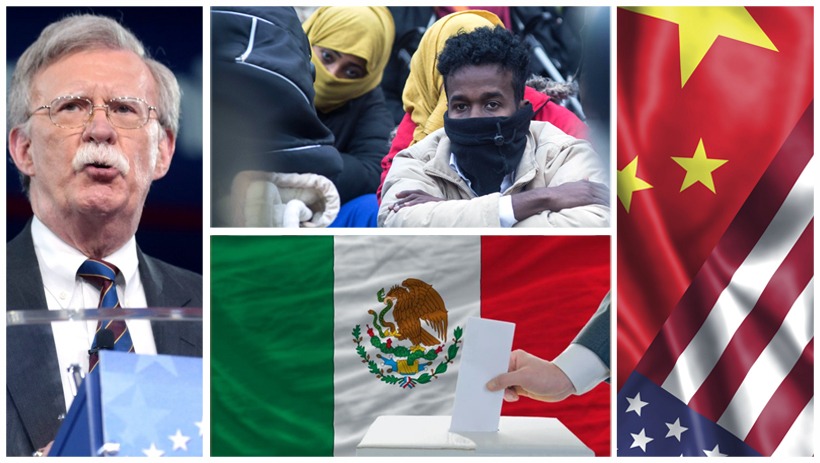
Leave a Reply